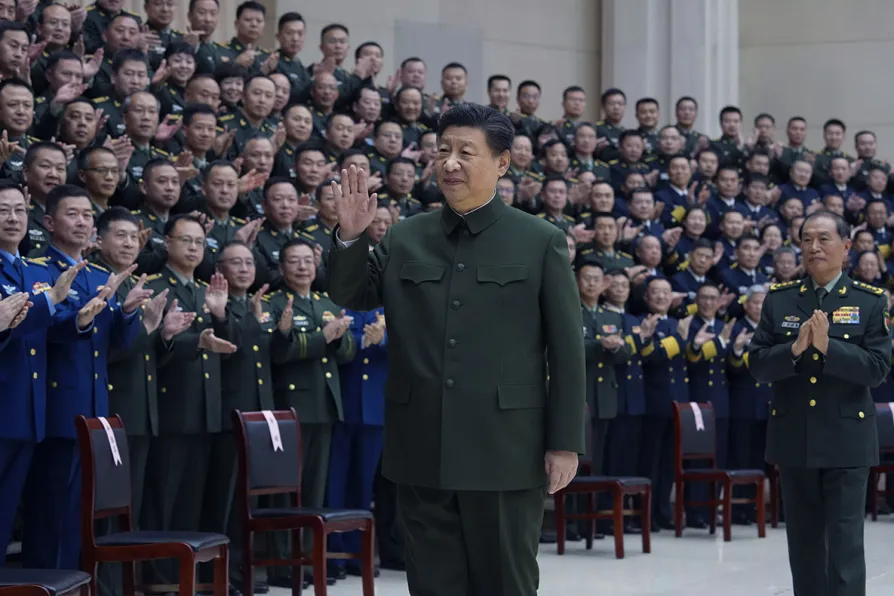ROGER McKENZIE looks at how US doublespeak on the ‘war on drugs’ is used to camouflage its intended grab for of Latin America’s natural resources

 Chinese President Xi Jinping waves as he meets with military officers stationed in north China's Tianjin Municipality ahead of the Chinese Lunar New Year, in north China's Tianjin Municipality on Feburary 2, 2024
[Li Gang/Xinhua via AP]
Chinese President Xi Jinping waves as he meets with military officers stationed in north China's Tianjin Municipality ahead of the Chinese Lunar New Year, in north China's Tianjin Municipality on Feburary 2, 2024
[Li Gang/Xinhua via AP]
A LANDMARK new study from the Tricontinental: Institute for Social Research and Global South Insights provides an illuminating analysis of the world situation today.
Hyper-Imperialism: A Dangerous, Decadent New Stage makes a compelling case that imperialism, integrated by United States, operates as a highly organised, unified, militarised bloc of countries in the global North which aims to dominate the countries of the global South, the majority of humanity.
Due to the relative economic decline of the US-led bloc compared to the global South, including China, the US is increasingly forced to rely on its continuing lead in military power as it attempt to maintain global dominance.

In the first half of a two-part article, PETER MERTENS looks at how Nato’s €800 billion ‘Readiness 2030’ plan serves Washington’s pivot to the Pacific, forcing Europeans to dismantle social security and slash pensions to fund it













